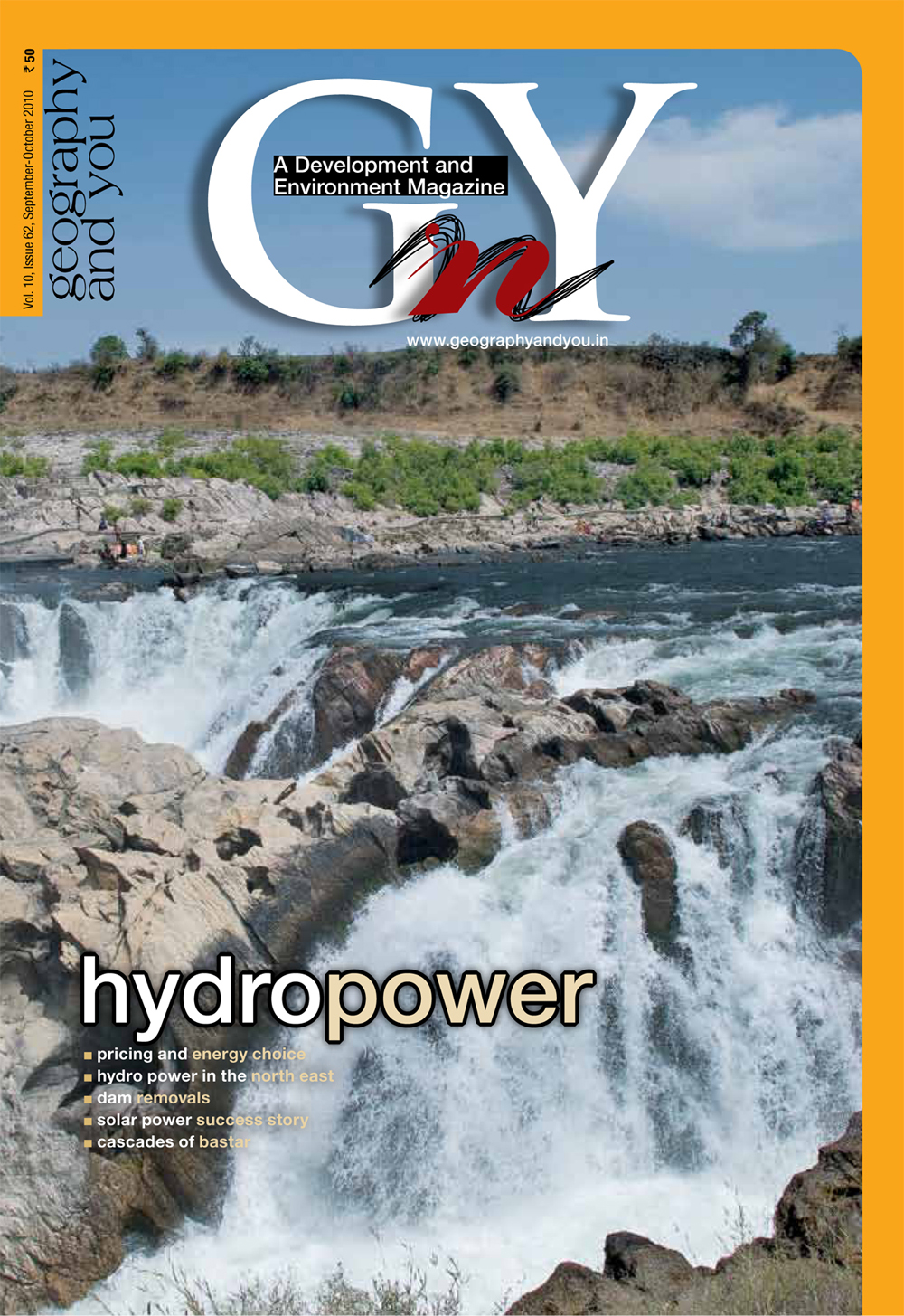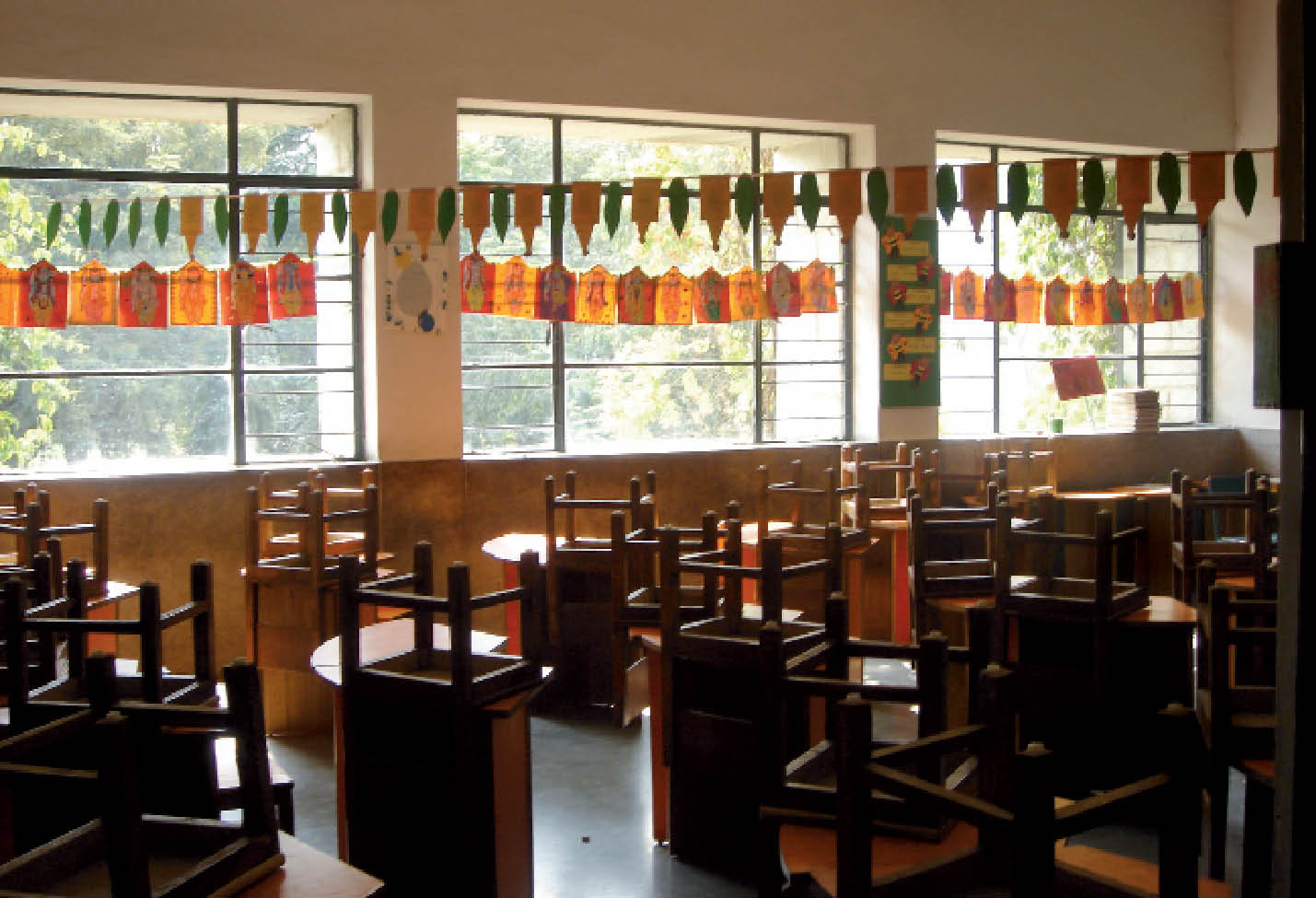
Inside this issue
Hydropower
In recent times, the growth of hydropower has received a set back as negative externalities of hydropower are taken into project accounting and companies need to compensate the stakeholders for the same. However, hydropower companies are not compensated for the positive externalities in terms of better environment after completion of the projects.
The North Eastern region is a storehouse of immense possibilities for hydropower by virtue of its majestic rivers. However, a carefully drafted plan which is inclusive of concerns for all the stakeholders and cooperation from the neighbouring countries such as China is essential.
The debate on dams explores the classic clash between official discourse on development and people’s aspirations at large. Because of the ecological, cultural and spatial configurations of states, issues for new and existing power projects become uniquely cross border concerns. A carefully architected approach which keeps in sight both environmental sustainability and pro-people stance is the order of the day.
Energy education
Environmental education incorporates rudimentary portions on energy studies mainly dealing with sustainable development. But what is needed is specific energy education programmes, which will help in developing sustained changes in the behaviour and attitude of current and future energy consumers in India.
Lucknow’s Prince of Wales Zoological Garden is the first zoo in the country to use solar energy. Nearly all the zoo offices, streetlights and kitchen run on solar power. Another six months and the entire establishment will switch to this eco-friendly fuel–including water pumps, animal hospitals, water heating systems, nursery, water power ejectors that run the fountain, vehicles that ferry visitors within the zoo, ticket house and even the quaint lanterns that decorate the main gate!
Reports and studies
Since high income countries with much less population (sixth of the world’s population) generate nearly two thirds of the greenhouse gases in the atmosphere, their liability towards protecting the environment has to be proportionate to the damage in keeping with the United Nations Framework Convention on Climate Change.
The World Trade Report examines differing inter-generational and international interests to make transparent, predictable, well designed and equitable trade rules with particular reference to fish, forestry, fuels and mining products. It excludes agricultural products as they are cultivated rather than extracted from the natural environment.
TWO-WAY LINK BETWEEN OZONE LAYER AND CLIMATE CHANGE International efforts to protect the ozone layer, the shield that protects life on Earth from harmful levels of ultraviolet rays, are a success and have stopped additional ozone losses and contributed to mitigating the greenhouse effect, according to a new report.
India Outdoors
Tourism and environment are mutually interlinked–a well cared spot has the potential to attract prospective tourists. However, in India, ill planned tourism has impacted the environment negatively. While tourism provides well defined economic opportunities a better informed and environment friendly tourism is the need of the hour.
The Chitrakot boasts of delightful year round cascades, rising to a muddy monsoon crescendo as the waters tumble over a craggy arc. A little beyond are the romantic Tirathgarh falls that surge down forested tracts in a translucent gush of foaming waters.
The idyllic town steeped in history, houses a medieval fort and a complex of Jain temples. The exquisite carving and exemplary architecture have set trends for later developments in Bundelkhand and is a must see for the intellectually inclined despite the inadequate infrastructure and lack of upkeep.
A non-descript village Vetnai in the Ganjam district of Orissa, is a safe haven to the endangered blackbucks. The villagers fiercely protect the animals, perceiving them as the harbingers of good fortune. This is quite in contrast with the pastime of some who take pleasure in hunting the rare and beautiful antelope.
The deafening roar of the mighty Ganga, nearly three times its normal width, transporting boulders and earth from the majestic Himalayas must be experienced to be believed. Framed at one end by the span of the Ram Jhoola the muddy waters trundled down as black clouds gathered strength in the background. Soon golden spotlights through the dark clouds were obliterated as the River turned into a boiling cauldron.
Opinion
As a nation we have always been acutely short of electricity. Pragmatic power planning and proper co-ordination by an apex body has become the need of the hour and Indian consumers should be prepared to pay realistically and judiciously for the energy they consume.
In Conversation with
Dr Bharat Jhunjhunwala acquired his doctoral degree in economics from University of Florida at the age of 23. He returned to India and joined Indian Institute of Management, Bangalore as an Assistant Professor. He, at present lives in the lower Himalayas in Uttarakhand. In an eye opening conversation with the editor, G’nY, Dr Jhunjhunwala unravels the complexities of the dam-removal-phenomenon now underway in the US.
In brief
Dear readers, Meet Dineshbhai Tadvi and his youngest daughter, Kantiben. The backdrop is Sardar Sarovar parking lot and the prop is a basket full of exceeding sweet custard apples. The play unfolds. Halting their early morning sojourn to the market at my behest, Dineshbhai offers the best fruits fr

